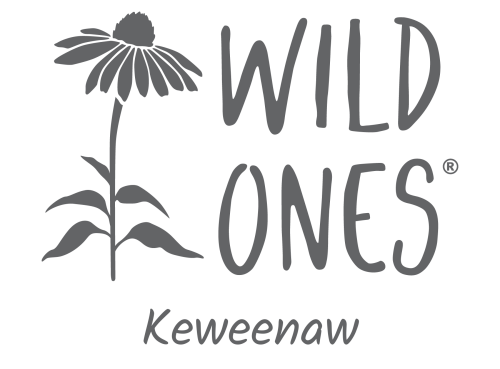Interested in learning more about native plants? Here are a few resources to help you get started (and keep you going).
Facebook groups
Got a question? These folks have answers.
Native Plant Gardens in the Upper Midwest
Wild Ones Native Plants Group (members only)
North American Native Plant Society
Getting started
Gardening with Native Plants: A Guide for Michigan’s Upper Peninsula, is a super primer for anyone getting ready to take the plunge into native gardening, plus there are lots in tips for experienced gardeners as well. It’s written by Maria Janowiak, a Michigan State University Extension master gardener who just happens to be a member of the Keweenaw Wild Ones.
Getting rid of Grass: This article walks you through the process. Keweenaw Wild Ones member Polly offers a caveat: Solarization is not necessarily recommended these days because it kills all of the soil biota when it overheats.
One-stop shop: Blooming Boulevards
This Ontario-based organization is committed to replacing boulevard strips with productive native pollinator gardens. The site has a ton of information about all kinds of stuff related to native gardening. You can take workshops for a small fee, which helps fund their activities.
National Programs and Initiatives
Climate Victory Gardens— “Climate Victory Gardens are inspired by the collective action of Americans taken during the WWI and WWII victory gardening movement, when 20 million gardeners produced 40% of the fresh fruits and vegetables consumed in the country at the time. We’re bringing victory gardens back. This time, it’s for the climate.” It’s an effort similar to Homegrown National Park, but for food gardens that regenerate the soil.
Homegrown National Park – Doug Tallamy’s grassroots “call to action” to regenerate biodiversity.
Pesticides
Toxic Pesticides— ConsumerHealth.org published this review of a variety of pesticides with emphasis on their potential harm to human health.
Understanding Neonicotinoids—The Xerces Society reports on the extreme danger these pesticides pose to native bees, aquatic insects, and other beneficial species.
